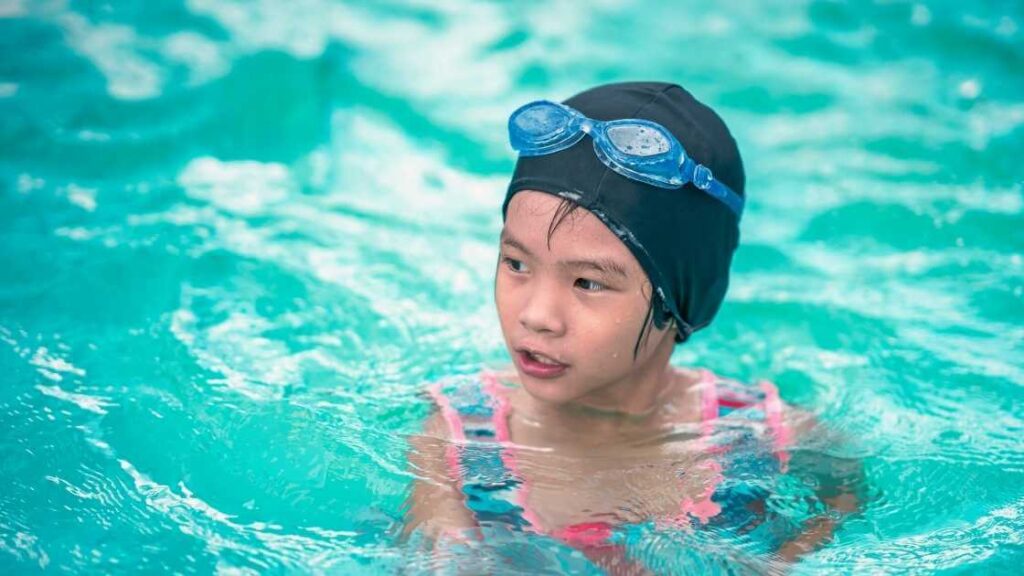One of the scientific facts, which many are ignorant of, is that Lifeguard recertification and swimming is an instinct in humans, and he can practice it. But he needs training and exercise, as the infant is ready to swim immediately, as it helps him to feel independent, which speeds up the ability to crawl and walk.
And about the benefits and harms of swimming, American Lifeguard Association a specialist in dermatology and venereal diseases at the Specialized Center Hospital in Riyadh, spoke to us:
The benefits of Lifeguard and swimming
1 – Strengthening the muscles of the body and losing a lot of weight in a healthy way, especially for children who suffer from obesity .
2 – It helps in refining the child’s morals, teaches him calmness, and increases his self-confidence.
3 – The water massages the body, which helps to relax and relieve pressure on the spine.
4 – Teaching the child to take a long breath under the water, and giving him the opportunity to develop his sensory and cognitive skills
Swimming disasters
Teaching children to swim from a young age, while supervising them and making sure to be with them at swimming time, protects them from many disasters that they may be exposed to, including: drowning and sunstroke. Parents must take into account the cleanliness of swimming pools and swimming pools, especially in public pools. Polluted water causes a lot of damage and skin and venereal diseases, ear and eye infections, colds, diarrhea and gastroenteritis.
The most common disease transmitted by Lifeguard and swimming
- Eye sensitivity
Viral eye infections are transmitted from one person to another, and germs that reach the eye may cause infections in the conjunctiva, and this appears initially from the redness of the child’s eye and his complaint of blurred vision .
- Genital infections
Some children may show symptoms of itching, especially girls, in the genital area, and the mother must take care to take her child to the doctor for the necessary treatment .
- Skin diseases
“Wart”, which is a viral infection with the human papilloma virus (HPV) , and it is caught from walking on the floors of bathing places or on jumping platforms .
– Granulomatous disease, which results from infection with the bacterium Mycobacterium marine. The disease appears three weeks after infection in the form of small red bumps, especially on the elbow, nose, knee, and dorsal surfaces of the hands and feet. This condition may develop and become dangerous if these bumps open.
– The rash associated with bathing with warm water, which is transmitted from hot swimming pools, and is caused by Pseudomonas aeruginosa germs, and the sufferer suffers from itching normally; But it may develop into a very disturbing itching, and red skin rashes may appear, especially in the parts immersed in water, and it is supposed to go away automatically after about two days, but if the symptoms do not disappear within a week, then you should go to the specialist doctor .
- Respiratory diseases
Respiratory diseases are often evident from tonsillitis and congestion or sore throat, in addition to children, who spend a long time in indoor swimming pools, are more susceptible to asthma, due to inhaling a lot of triple hydrogen chloride gas, which destroys cellular barriers , which provides protection for the respiratory system .





